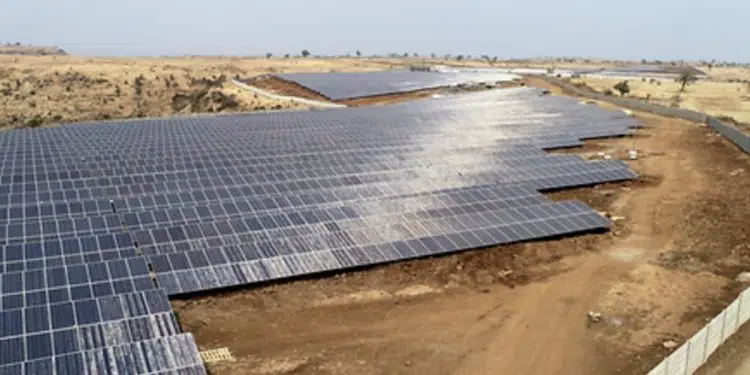TDK announced it achieved its goal to reduce CO2 emissions by around two-thirds relative to sales in 2015.
TDK Electronics wants to produce as eco-friendly and low in emissions as possible. In April 2021, the company had already achieved the TDK Group’s goal of halving its CO2 emissions by 2035. Today, emissions have been reduced by further 15 percent and are thus around two-thirds lower relative to sales than in 2015.
For sustainable production and the smallest possible carbon footprint, TDK Electronics is focusing on saving more electricity, above all buying electricity from 100 percent renewable sources and generating electricity itself with its own photovoltaic systems. For example, compared to 2015, the company’s energy consumption relative to production volume was reduced by more than 20 percent. This was achieved primarily through more energy-efficient machines and processes in production.
TDK Electronics is also well on the way to purchasing electricity from renewable sources. In America, the share has already been 100 percent for some time, and in Europe it is more than 96 percent. In Asia, where it has often been difficult to obtain electricity from renewable sources, two plants in China have switched to green electricity.
There are also plans to double the current capacity of installed photovoltaic systems at the sites. Six plants in Europe and Asia currently produce their own solar power, and six more are to follow. At four sites, existing installations are to be significantly enlarged.































